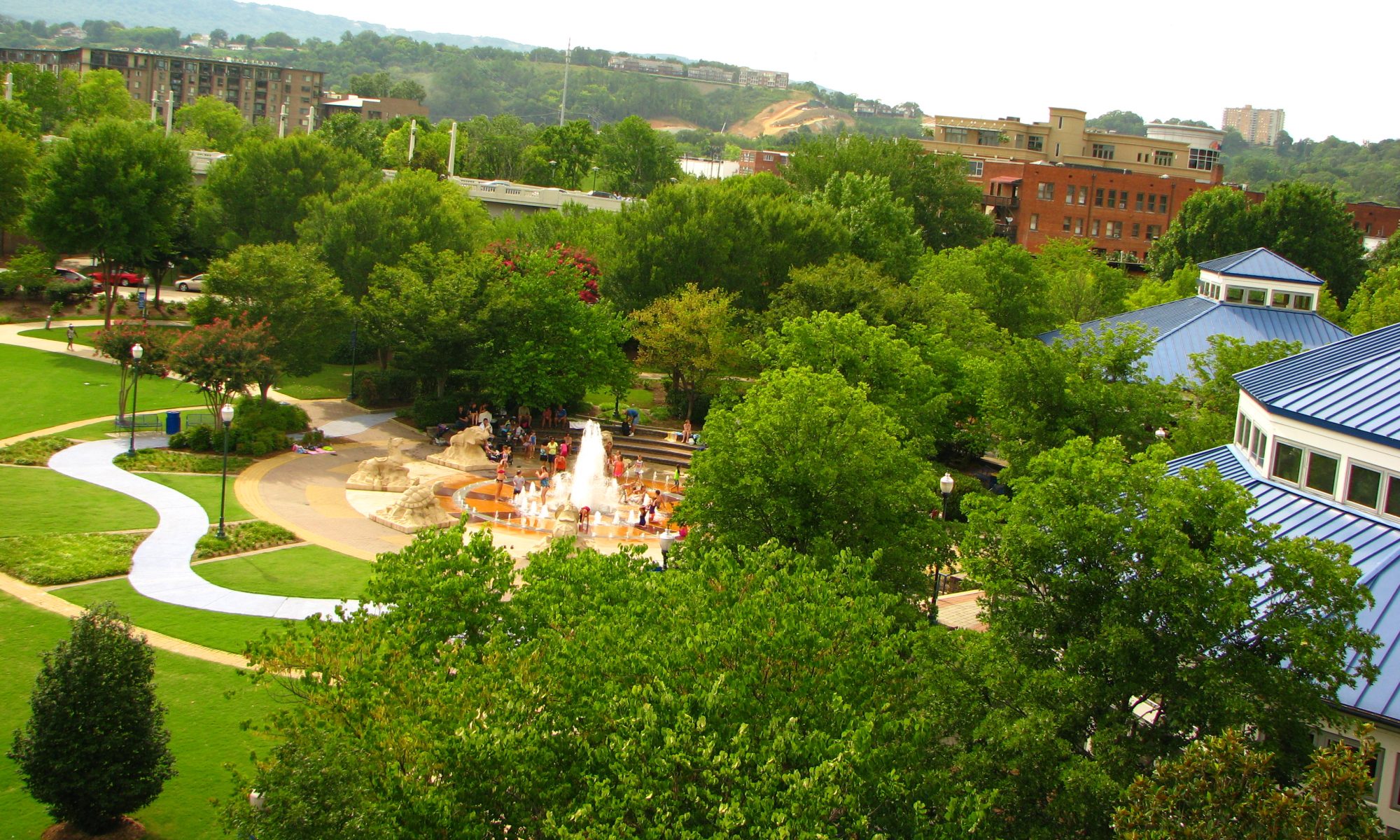
Credit: Priya Jaishanker
Healthy Trees and Landscapes Help Save Energy. When trees are planted in the right location and receive periodic maintenance, they provide the greatest energy saving benefits. Gretchen Pettis discusses how selecting a site containing healthy soil, sufficient light, and proper drainage combined with monitoring for plant health (pests, diseases, and soil nutrient and compaction issues) can help maximize a tree’s potential to provide energy conserving services. She also recommends planting a diversity of tree species within a landscape to encourage beneficial insects, which can help decrease pest issues.
An Introduction to Pests in the Urban Landscape. Regular care and maintenance is essential to the success of your tree(s) and understanding how to troubleshoot pest and disease issues is an important part of this. Gretchen Pettis makes several recommendations for achieving optimal urban tree health, including careful plant selection and placement, but also stresses the importance of routine monitoring for pests and diseases. Learning to identify the tree health concern is an important first step. Identification can sometimes be challenging, but documenting tree symptoms (taking notes and images) and consulting with an entomologist, county Cooperative Extension agent or Certified Arborist is the first step. Soil and foliage samples are also helpful in troubleshooting the problem, since tree health issues can also stem from soil nutrients, drainage, or plant diseases (fungi, bacteria, and viruses). Proper pest identification is also important because some insects are beneficial.
Selecting Pest Resistant Landscape Plants. Maximizing energy savings from urban trees is closely tied to the health of the tree. Choosing naturally pest resistant trees is the first step in realizing energy savings. Gretchen Pettis describes how several urban tree species, like crepe myrtle, have better pest resistance than others. She recommends reaching out to your local Cooperative Extension agent or nursery to obtain a pest resistant tree list for your area.
Insect and Mite Pests of Landscape Plants. Insects can damage trees in several ways. Properly identifying the insect pest on your urban tree leads to successful control of the pest and improved tree health while reducing the risk of killing beneficial insects. In this video, Gretchen Pettis explains several mechanisms by which insects can damage trees: chewing, mining, sucking, and being a vector for other pathogens. For example, Japanese beetles chew on tree leaves which can lead to defoliation and Asian ambrosia beetles carry a fungus on their bodies that clogs the tree’s vascular tissue. The damage that results from both of these insects can greatly reduce tree vigor and health and can lead to eventual mortality. Gretchen also provides an overview for identifying and controlling scale, spider mites, Asian ambrosia and Japanese beetles, gypsy moth, and leafminer.
Identifying Non-harmful and Beneficial Insects in the Urban Landscape. Only 1% of insects in the landscape are harmful to urban trees. In this video, Gretchen Pettis discusses why proper identification is important to discriminate between pests and “beneficial” insects, or insects that help minimize pest concerns. Pesticides are not always the first recommended method to address pest issues. The more diverse the landscape is, the more resilient the landscape with be. Planting diverse tree species can attract a variety of beneficial insects, such as the beneficial lady beetles and spiders.
Methods of Pesticide Application in the Urban Landscape. Pesticide use may be necessary when pests and diseases become problematic for urban & residential trees. Gretchen Pettis demonstrates the most common pesticide application methods used for urban trees, including pressurized spraying, tree injection, and soil drench. Gretchen advises to always wear protective gear when applying pesticides (goggles, gloves, and protective clothing depending on application). She also stresses that timing your pesticide application is critical for controlling the pest/ disease issue. This requires identification of the pest/ disease and knowing when the damage occurs.
Gretchen Pettis, Ph.D., is an Entomologist at the Bartlett Tree Research Lab in Charlotte, North Carolina
Videographer and Editor: Priya Jaishanker, Virginia Tech
Technical Directors: Holly Campbell, Adam Downing, Bill Hubbard, John Munsell, and Eric Wiseman (Cooperative Extension Service-Southern Region)
Also, special thanks to the Bartlett Tree Research Lab.
This project was funded in part through a grant from the USDA Forest Service, awarded by the National Urban and Community Forestry Advisory Council.